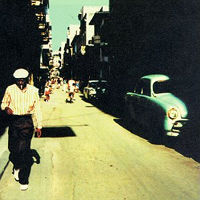Classic Records issues DADs---high-quality music DVDs
Classic Records issues DADs---high-quality music DVDs
- Read more about Classic Records issues DADs---high-quality music DVDs
- Log in or register to post comments

Some claim that FM radio for serious musical enjoyment is dead, while others say it is only sleeping. Certainly some of you have favorite music stations you listen to once in a while. Don't you?